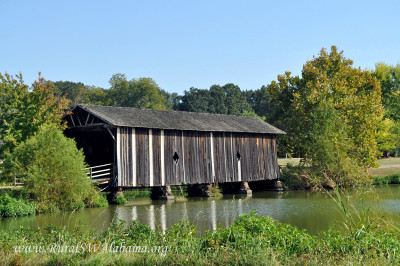
This is one of the oldest remaining covered bridges in Alabama. It was originally constructed across the Sucarnoochee River on the main state road lea …

This church was built circa 1877 to replace a log building on this site. The sanctuary is the original structure with its hand-hewn timbers that are …

This small post office was built circa 1905. It is featured site #3 in the Sumter County, Alabama Historical Points of Interest visitors brochure. Thi …
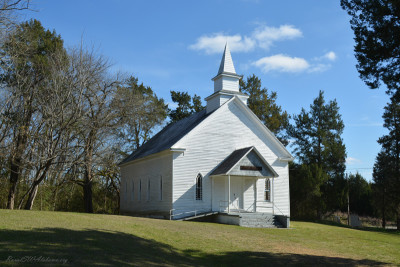
The Bethel Presbyterian Church was established on September 22, 1835, about 3 miles toward the northwest near Emelle where the Bethel Memorial Chapel …
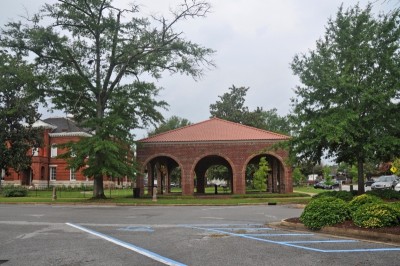
The Bored Well was started in 1854 and historians say an old blind mule pulled the auger around day after day until completion in 1857 of an artesian …

This church was organized in 1888 and the present building was built in 1900. It is Carpenter Gothic style which was commonly used by rural churches …
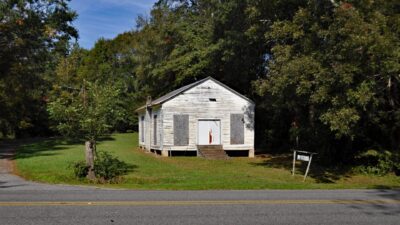
The Clark Chapel United Methodist Church was founded by freed slaves in 1867, only two years after the end of the Civil War. This is one of the oldest …

The town of Gainesville was laid out in 1832 by Moses Lewis. By 1840 Gainesville had become the third largest town in the state of Alabama, with a pop …
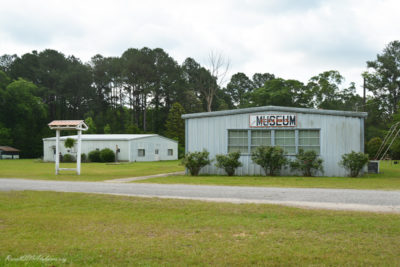
This museum contains displays that illustrate life in Cuba from its beginning. Of special interest are photographs of Cuba since 1952. This museum is …

This Vernacular turn-of-the-century style home was built circa 1901. The house features a porch with turned and bracketed supports. This house is feat …

This house was built in 1880 for Dr. H. B. Ward (Oct. 7, 1852 – Dec. 31, 1917). Henry Bascomb (H. B.) Ward graduated from the Medical College at Mobil …

This house is one of the least altered of Gainesville’s early buildings. The building’s vernacular Greek Revival character suggests a construction dat …

During the 1860 – 1880 period, Edward N. Kring (1836-1910) emerged as the leading carpenter and builder of Gainesville. He built several businesses an …

This is Gainesville’s oldest church. The congregation was organized in April of 1837 through the joint efforts of a small group of Southern-born Presb …

At the site of this monument, Gen. Nathan Bedford Forrest and his troops were paroled by Gen. Canby thus being the last troops east of the Mississippi …
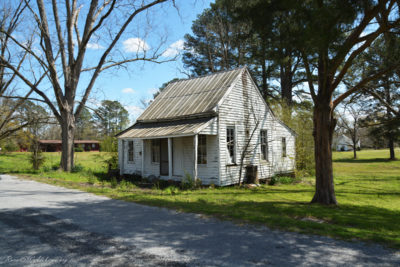
This small cottage was built circa 1880 as a servant’s house. It is located on the south side of Third Avenue approximately 100 yards east of the inte …

This is a Country Vernacular style home with Greek Revival influences. It was built circa 1900. This house is featured site #33 in the Sumter County, …

This is a Greek Revival style house with Victorian additions. It was probably built in the 1840-1850 time period. The original owner of the house is …

This Vernacular “I” style home, built about 1865, was the home of Edward N. Kring who was Gainesville’s leading late 19th-century builder. He built b …
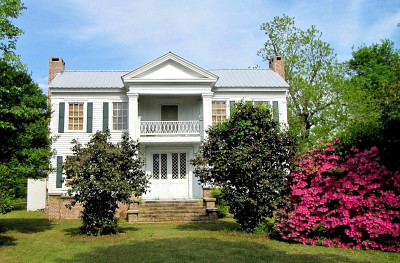
This Greek Revival style home was built circa 1852 for Colonel James Madison Lee, who was born 1820 in Louisa County, Virginia. The house was construc …
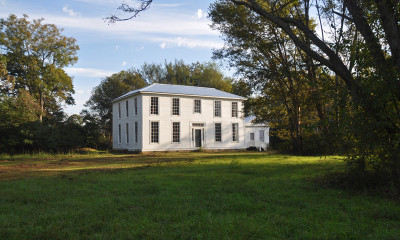
This was the home of Moses Lewis, founder of Gainesville. Lewis was responsible for laying out the town in 1832. This house was built circa 1835 and i …

Provided are pictures of a little Presbyterian Church that is located in the community of Coatopa, AL in Sumter County. It is on the north end of Coat …

This is a one and one half story Victorian style home with an extended porch and gingerbread trim. It was built circa 1890. This house is featured sit …

Pictured is a memorial to Vera Hall that is located at Livingston, AL across the street from the courthouse square on the corner of Franklin Street an …

This church is located on a dirt road deep in the woods between Cuba, AL and the community of Intercourse. The pictures that are provided were taken M …

In 1831, Colonel Moses Lewis purchased the land where Gainesville is currently located and he had the land divided into lots for a town. The new town …
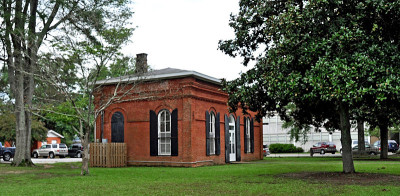
This building is located on the Courthouse Square at downtown Livingston, AL. Built ca. 1830, it was the only structure to survive on the Square when …

This building, which now serves as Livingston City Hall, was originally built circa 1875 to serve the passenger and freight services of the railroad s …
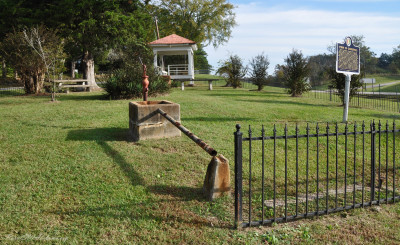
Most towns have a town square. Gainesville is unique in that it has a town triangle. (However, a picture shows the original to have been larger and mo …

Approximately 40 years ago, the county shovel operator was digging in a gravel pit near Ward and hit something hard about 40 feet deep in the ground. …
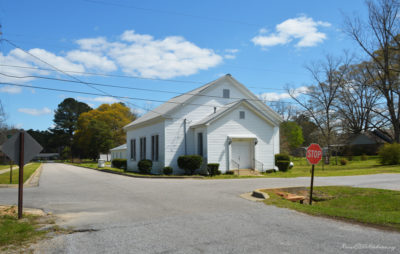
This church was was built circa 1906. It is featured site #37 in the Sumter County, Alabama Historical Points of Interest visitors brochure. This chur …
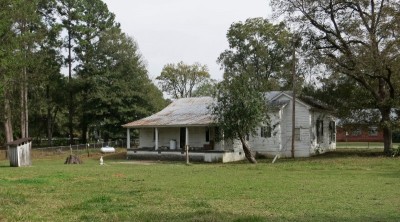
This small house was built for Richard Haskins Roberts ca. 1851. It has a center-hall with a single large room on either side and shed rooms behind. T …

This house is thought to have been built during the 1835-1840 time period for Walter W. Russell (1806 – 1878), who was from New Hampshire. He was one …
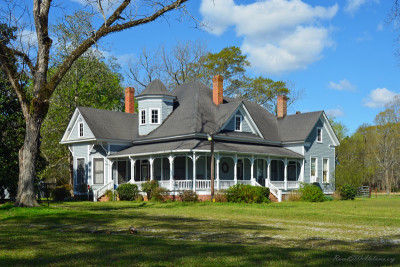
The Shaw House was built circa 1900. It is Victorian style with a wrap-around porch and decorative gingerbread trim. This home is located on the west …

This home, constructed in 1834, is one of the earliest residences in Livingston. When Livingston was plotted, James H. Spence bought eighty acres and …
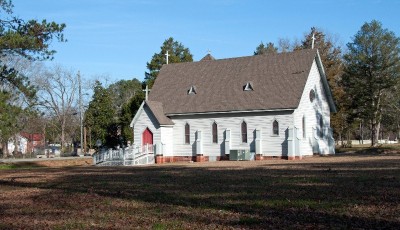
This Gothic style church was built in 1879 by Gainesvilles’ leading late 19th-century builder, Edward N. Kring. In accordance with tradition, the buil …
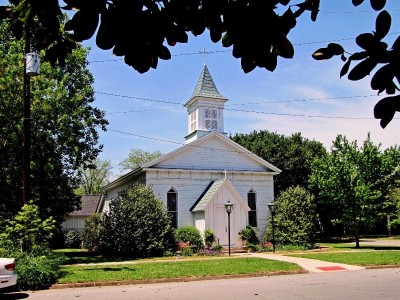
The St. James Episcopal Church was established in 1836. The present church building was built in 1841-1842 and consecrated in 1843 by Leonidas Polk. …

This Vernacular turn-of-the-century style home was built circa 1900. The house features a wrap-around porch with turret. This house is located in Cuba …

This and the Moses Lewis house may the oldest surviving two-story dwellings in Gainesville. The restrained Federal style appearance of the house sugge …
- 1
- 2
